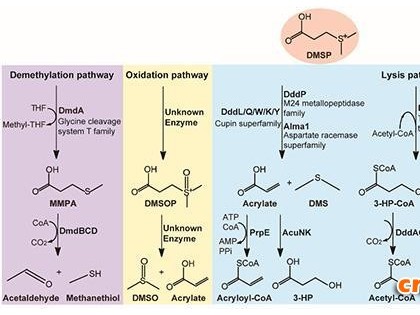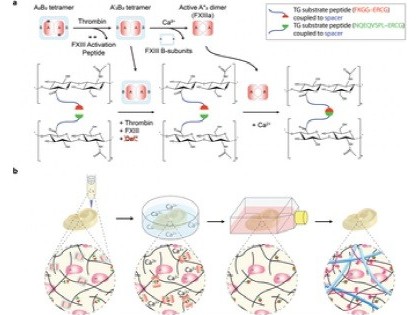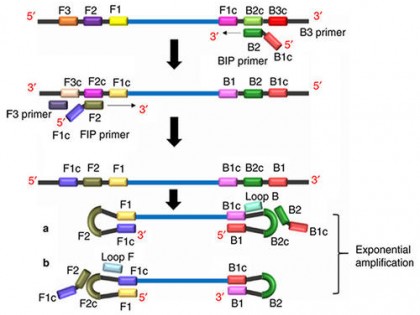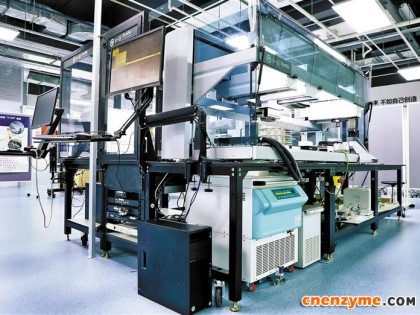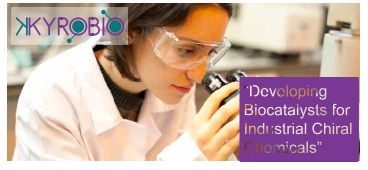
KYROBIO is a European Commison
Framework 7 supported project. This
first edition of the newsletter aims to
provide an introduction to the project
consortium and research themes
highlighting novel research and
innovative technology developments
from within the project.
“The discovery, development
and demonstration of
biocatalysts for use in the
industrial synthesis of chiral
chemicals.”
The global speciality chemicals market
is set to grow to over $600bn by 2016
[1]
, with the global market for generic
drugs projected to reach over $129bn
by 2014
[2]
. However, despite this
growth, there are still tough challenges
for the sector including the rising cost
of raw materials, increased regulatory
control and growing environmental
awareness as society demands
‘greener’ options for chemical
manufacture. Industrial Biotechnology,
defined as: ‘The use of biological
substances for the processing and
production of enzymes, chemicals,
materials and energy’, is increasingly
becoming a means of addressing
these challenges. Its utilisation has
associated benefits of reduced
use of organic solvents, toxic
Edition 1, May 2012
metals and reaction temperatures,
normally associated with traditional
chemocatalysts. KYROBIO aims
to exploit this technology to make
advances in the industrial synthesis of
chiral compounds.
Chirally pure compounds are an
important class of chemicals, as
they have increased reactivity within
applications such as pharmaceuticals
and nutraceuticals. The use of
industrial biotechnology for the
production of chiral chemicals has
already shown great potential,
competing with traditional
chemocatalysts, through specific
targeted synthesis of the enantiomer
of choice, thus increasing the total
production yield of product. Although
many chiral compounds are now
synthesised using biocatalysis the
technology behind such processes
still has gaps within its capabilities,
when compared to the breadth of
chemocatalysis.
KYROBIO will use an SME
focused approach to address the
industrial need for chiral synthesis
via biocatalysis, using necessary
supporting technologies. Moreover,
the SMEs will also have the potential
to exploit the added value from
biocatalysis throughout the scope
of the project and beyond. This will
lead to demonstration of greener
processes, to implementing the
technology for the next generation of
chiral producing biocatalysts, resulting
in new economically viable industrial
production process.
With a total budget of €7.8M, over
4 years, the research objectives for
KYROBIO include:
• Broadening the toolbox of single
enantiomer chiral chemicals
that are produced in Europe by
biocatalytic routes.
• The production of lyase enzymes
to selectively synthesise
molecules with multiple chiral
centres applying enzymatic
carbon-carbon and carbon-
nitrogen bond formation as key
technical platforms.
• The selection and development
of modified micro-organisms
for the production of chemicals
and enzymes that have
desired properties for industrial
application.
• The use of a range of molecular
modelling techniques to predict
stereo-chemical reactions and
provide insight into reaction
pathways for potential substrates and suggest enzyme modifications
with the view to increasing
selectivity.
• Scale up and feasibility studies
are a main theme within the
project as promising candidate
chemicals will be commercialised
within three years of the
completion of the project.
[1] chemicals-technology.com/news/news112581.html
[2] imap/com/imap/media/resources/IMAP_
PharmaReport_8_272B8752E0FB2.pdf
A superdisciplinary approach, with the
integration of chemistry, molecular
biology, enzymology, microbiology,
fermentation science, bioengineering
and process development will be
employed to achieve these objectives.
Collaboration between industry and
European Centres of Excellence will
build long lasting relationships that
will enhance European Industrial
Biotechnology well beyond the lifetime
of the project. The primary objective
of the project being to develop routes
to synthesise these chemical targets
and to produce and apply biocatalysts
to expand the practical chiral
biocatalytic toolbox and demonstrate
overall superiority when compared to
traditional chemocatalysts.


